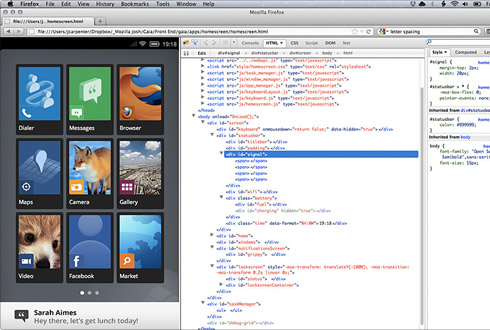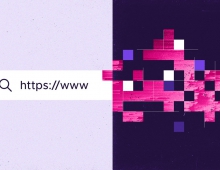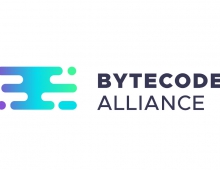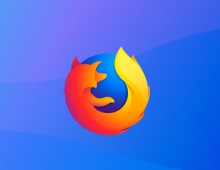
Mozilla Showcases Gaia, Boot to Gecko UI
Mozilla today provided some pictures of the Gaia user interface of the new Boot to Gecko operating system for mobile devices.
Boot to Gecko is the low-level workings of the phone, exposing a number of APIs. On top of that users will be able to have any interface layer they want, and already Telefonica have developed one and Mozilla has Gaia. Josh Carpenter, who is the Lead Designer for Boot to Gecko, posted a number of screenshots for how the Gaia interface looks like. All the screenshots are of Gaia actually in action, implemented today. Here are a few examples:

"Performance and responsiveness are crucial to quality mobile user experience," Carpenter said. "The immediacy of touch input demands equal immediacy in device response. We're just not as patient as we used to be. In response (and full agreement), the Boot to Gecko project has made performance a fundamental project priority, and our engineers have already achieved impressive results. On even modest hardware we're seeing competitive boot times, hardware accelerated CSS animation, smooth video playback with transparent overlays, prioritized responsiveness, and more. We are fully committed to empowering an explosion of Web-based UX creativity," he added.
Gaia has been completely developed in HTML5, CSS and JavaScript, and developers can debug and view the code directly on the device or in a web browser.

This means that the possibilities of tweaking the user experience, in any implementation is a viable option. All the Gaia code is available on GitHub.

"Performance and responsiveness are crucial to quality mobile user experience," Carpenter said. "The immediacy of touch input demands equal immediacy in device response. We're just not as patient as we used to be. In response (and full agreement), the Boot to Gecko project has made performance a fundamental project priority, and our engineers have already achieved impressive results. On even modest hardware we're seeing competitive boot times, hardware accelerated CSS animation, smooth video playback with transparent overlays, prioritized responsiveness, and more. We are fully committed to empowering an explosion of Web-based UX creativity," he added.
Gaia has been completely developed in HTML5, CSS and JavaScript, and developers can debug and view the code directly on the device or in a web browser.

This means that the possibilities of tweaking the user experience, in any implementation is a viable option. All the Gaia code is available on GitHub.





















